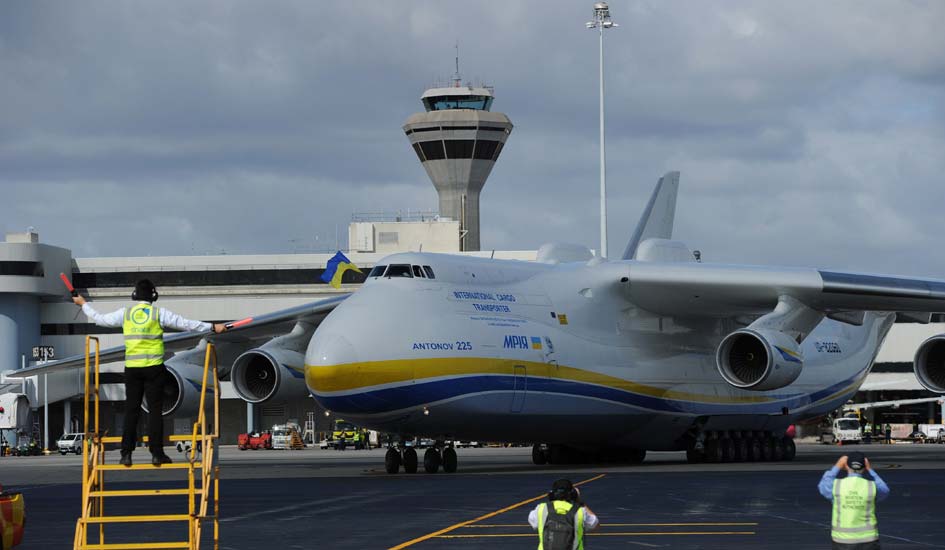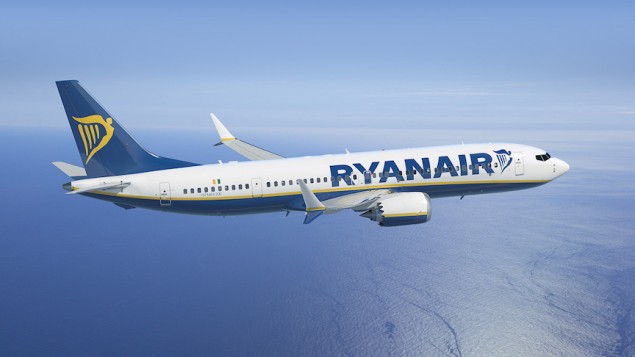The US Navy’s vertical takeoff and landing V-22 Osprey, constructed using flight critical 3D-manufactured engine parts, has successfully undergone its first flight test at the Patuxent River Naval Air Station in Maryland.
The V-22’s nacelle, which normally holds engines, fuel and other equipment, has been fitted with a titanium link-and-fitting assembly constructed using the additive manufacturing technique.
“The flight went great. I never would have known that we had anything different onboard,” Project Officer Maj. Travis Stephenson, who piloted the MV-22 test flight, said, as quoted by Product Design and Development.
Additive manufacturing techniques for V-22 engine parts are carefully implemented, as, unlike traditional manufacturing, using solid bars of material, 3-D printing constructs components out of thin layers, or “slices,” of material, one atop another. Before the demonstration flight, the V-22’s 3-D printed parts have been tested in laboratories for 18 months.
Liz McMichael, of the Additive Manufacturing (AM) Integrated Product Team at Lakehurst and Penn State Applied Research Laboratory, the parts builder, called the flight a “first step toward using AM wherever and whenever we need to,” adding that the tech will eventually “revolutionize” the construction and repair of aircraft.
“We’ll be working with V-22 to go from this first flight demonstration to a formal configuration change to use these parts on any V-22 aircraft,” she stated.
The V-22 tests will continue into 2017.
Naval Air Systems Command (NAVAIR) has also has plans to use additive manufacturing for other critical aircraft parts, such as those in H-1 and CH-53K helicopters.
Source: Sputnik









